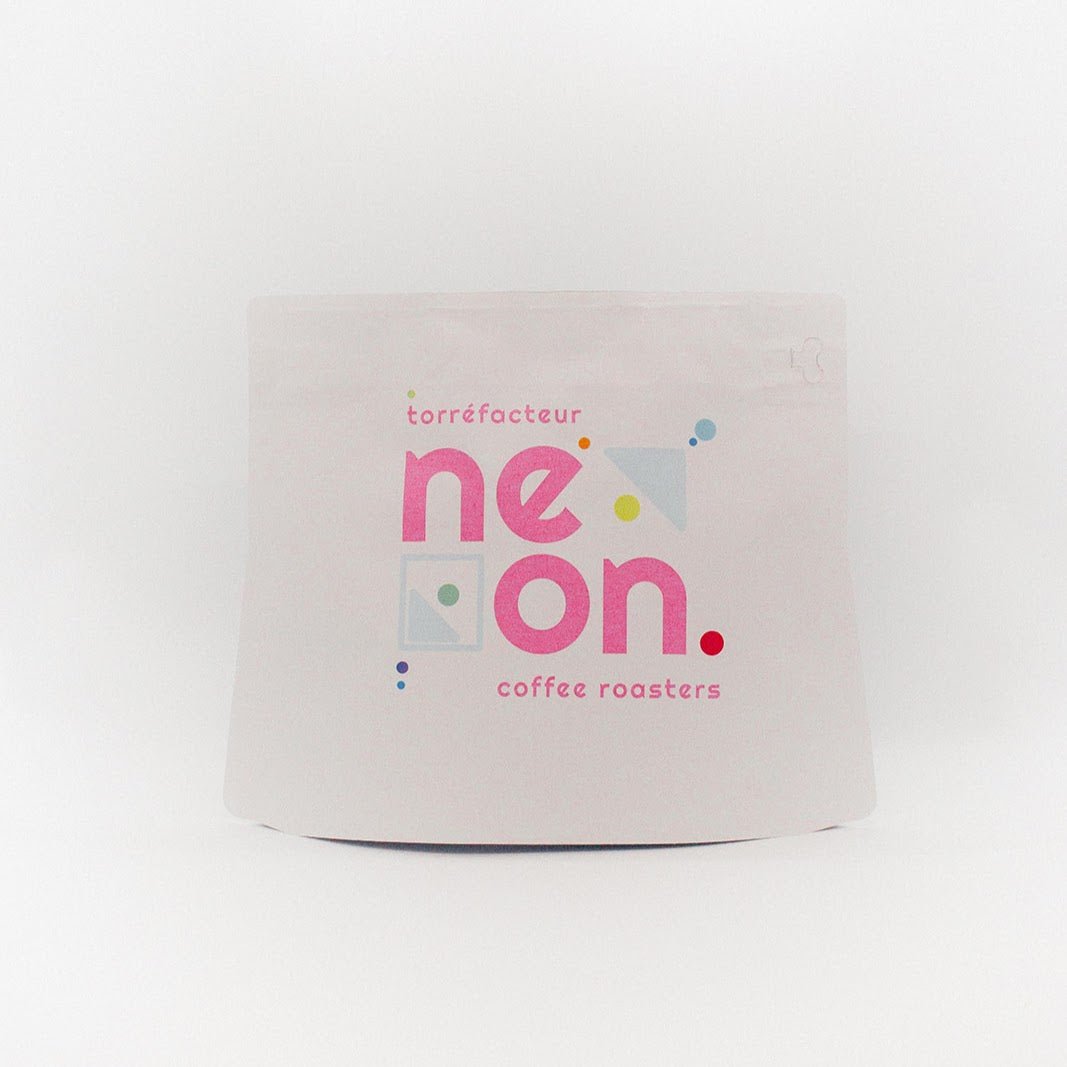1
/
of
1
Torréfacteur Neon Coffee Roasters
Light Club
Light Club
Regular price
$36.00 USD
Regular price
Sale price
$36.00 USD
Unit price
/
per
Shipping calculated at checkout.
Couldn't load pickup availability
Our Light Club Subscription gives you the opportunity to have new coffee experiences every month. Join the Light Club and let us take you on a journey through the world of coffee.
As a subscriber you will receive
- Your choice of 2 or 4 bright, exciting, different coffees every month
- First turn to experience new coffees
- Access to subscriber-exclusive coffees
- Free shipping
- Roasted to order every first week of the month
Each bag contains 250g of coffee


